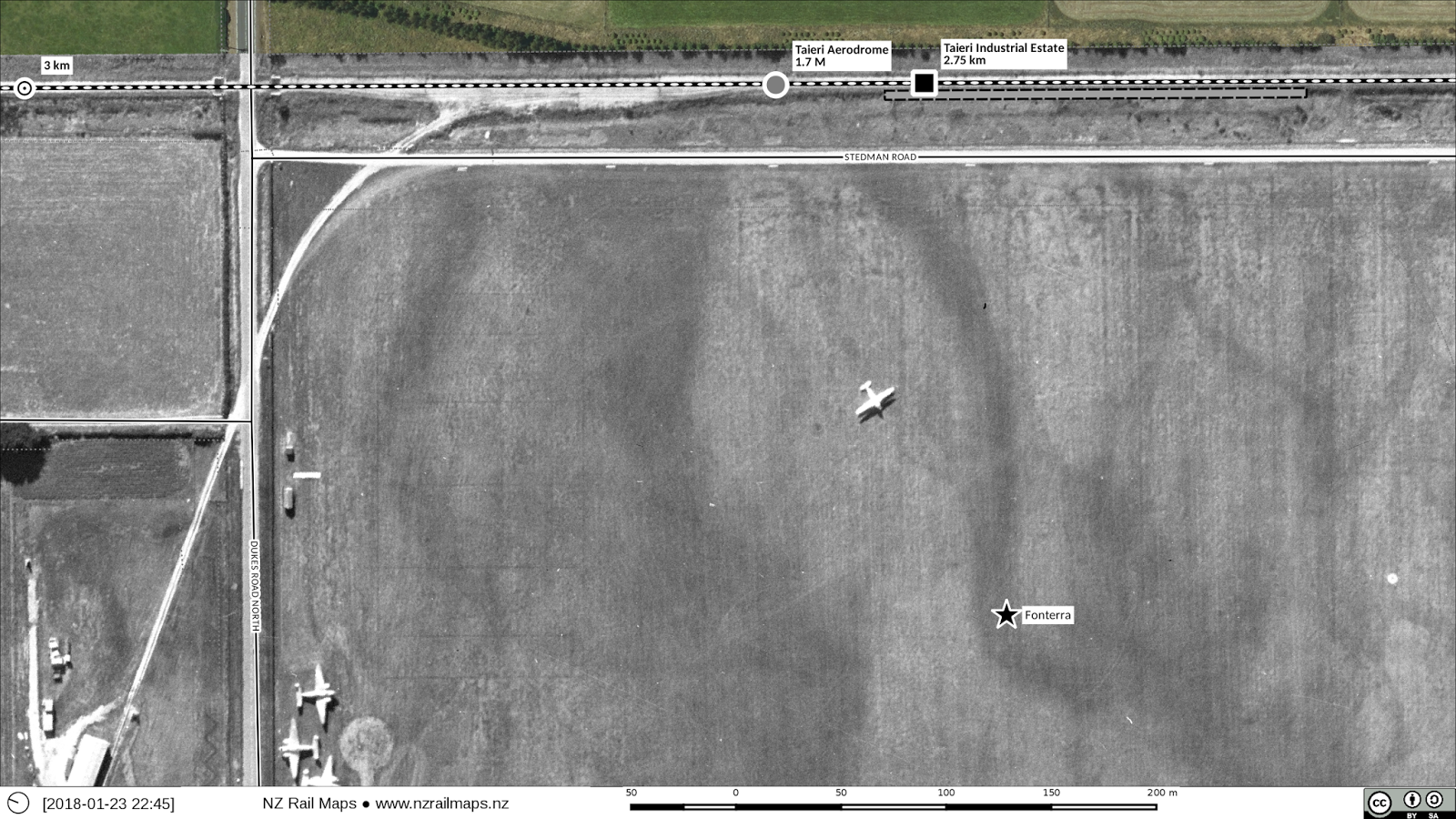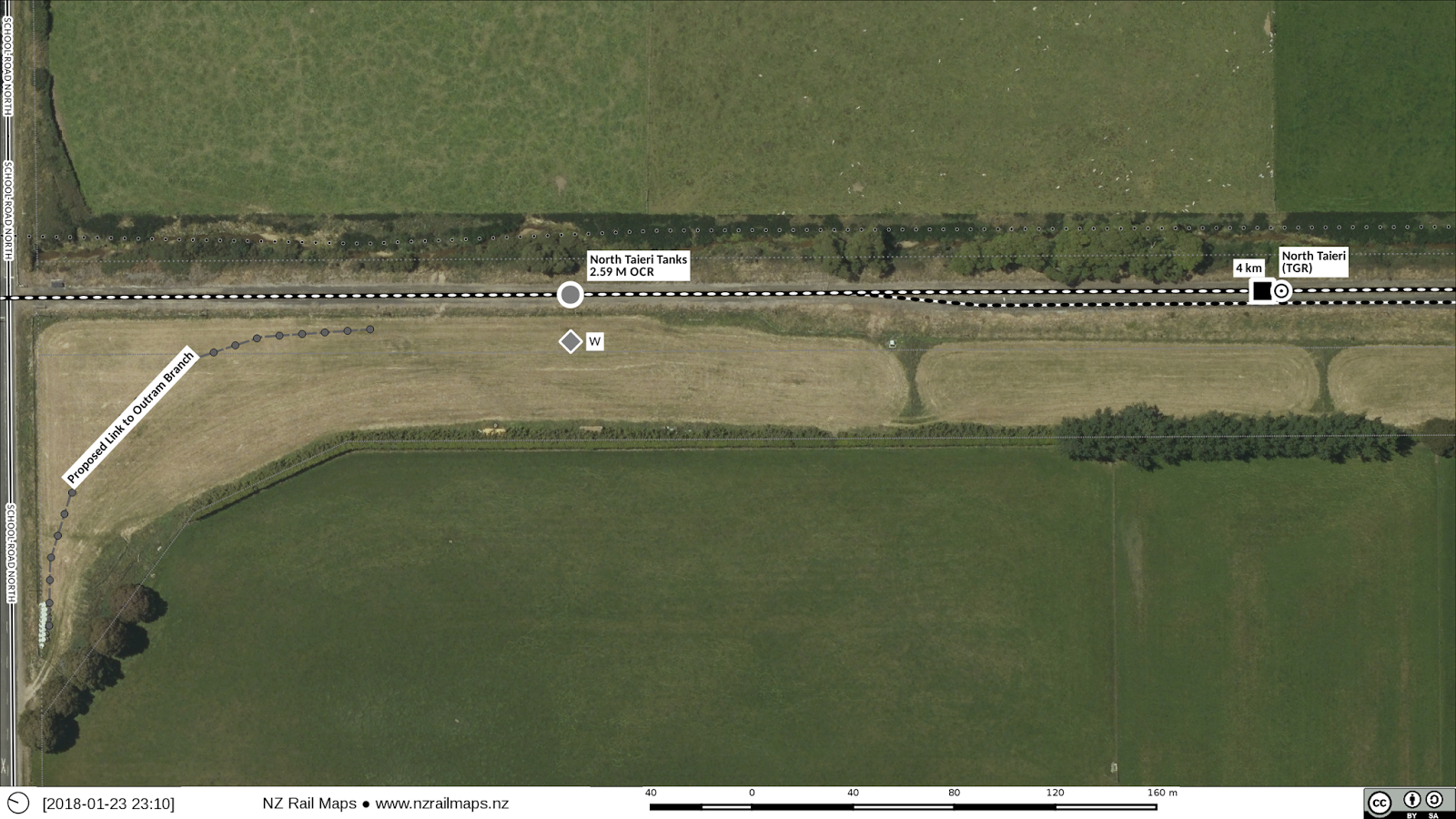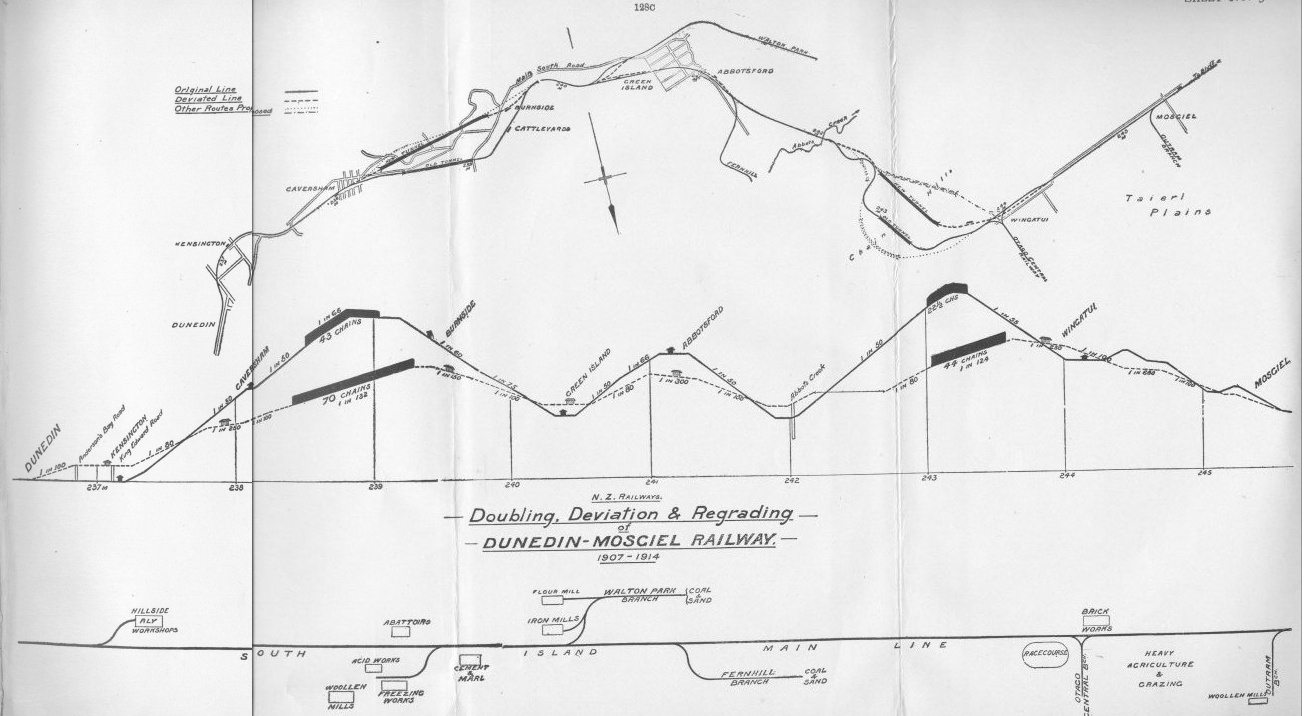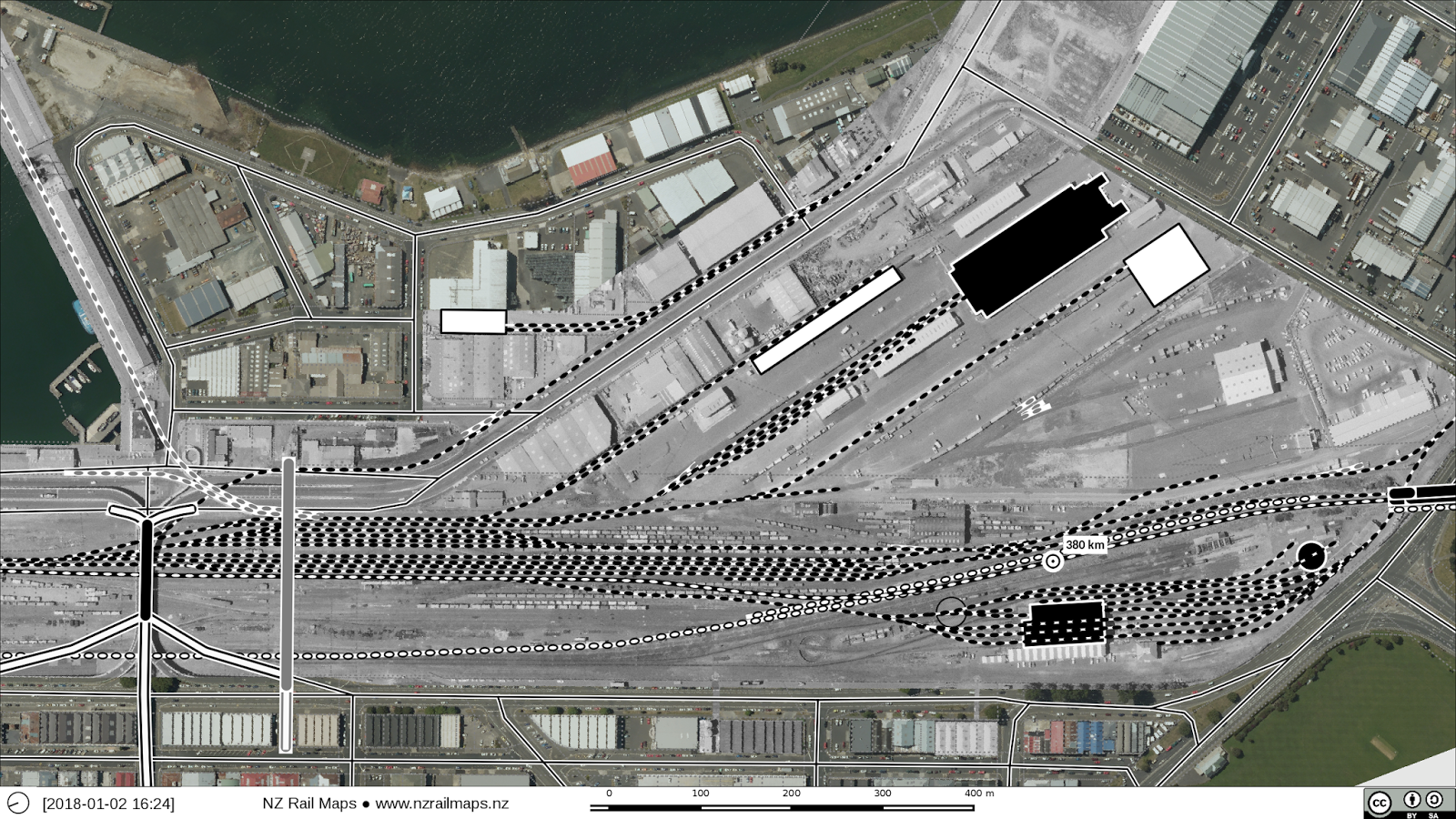Wingatui to Ranfurly is Part 3 of the article series on the Otago Central Railway. This means I have to have all the knowledge about the line along this route finalised. In addition this part will contain more information about the private sidings of Alexandra.
Right now I am using the recently obtained chainage book for 0 to 25 miles and another resource to mark in both kilometre and mile pegs from Wingatui to Pukerangi. This completes the degree of milepost marking that can be realistically achieved along the entire route.
I am also drawing maps for the stations from Wingatui to Ranfurly. The only map beyond Ranfurly not completed already is the one of Auripo, which will be quite quick to do. Although Wingatui-Ranfurly seems ambitious in the time I have, I have already done Sutton, Middlemarch, Ngapuna, Rock & Pillar and Hyde, as well as Taieri Estate, North Taieri, Pukerangi and Hindon. So right now I am needing to do Salisbury, Taioma (both sites), Parera, Mt Allan, Little Mt Allan, Christmas Creek, Deep Stream, Flat Stream, Matarae, Tiroiti, Kokonga, Waipiata and Ranfurly.
However it is more likely only some of these will be completed in the time I have to write this part, and I will have to choose the ones which are for illustrations to be the priority. Ranfurly therefore is likely to be started shortly. It is one of those areas for which there is not currently good quality aerial coverage and therefore diagrams would need to be filled into it. The same goes for many of the locations in the Taieri Gorge. As Salisbury is the last station between Wingatui and Sutton for which reasonably good aerial coverage is available I am about to draw that one. I think that probably Flat Stream and Middlemarch are priorities as well.
The below are the Taieri Aerodrome and North Taieri maps recently completed.
Taieri Aerodrome 1947
Aerodrome 1985
Aerodrome 2013
This repeat of the 1947 map shows a passenger platform that existed at the aerodrome site.
North Taieri (TGR station) and North Taieri Tanks (OCR station). The latter was simply a watering tank.



















